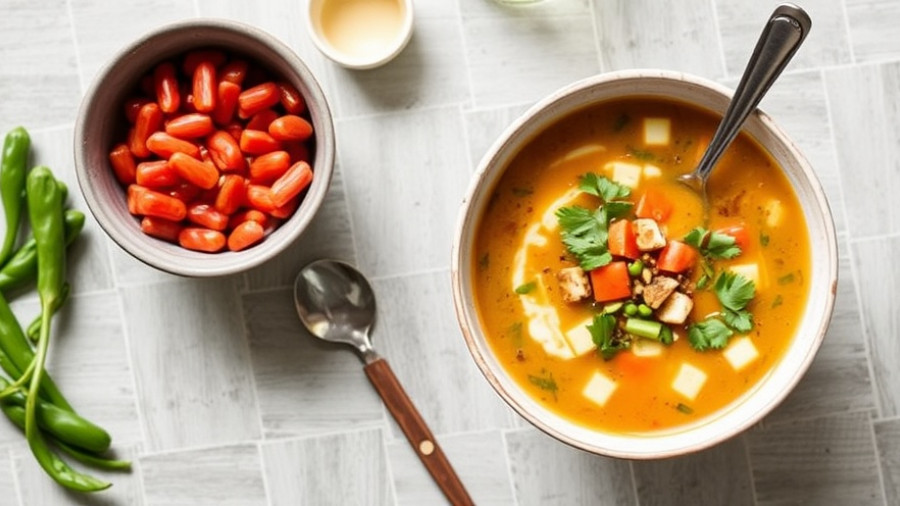
Delightful Fall Treats Without the Guilt
As the leaves turn and the air grows crisp, many of us start craving the warm, comforting flavors of fall. However, indulging in seasonal desserts often comes with the sneaking suspicion that our waistlines will bear the brunt. Luckily, we can enjoy the sweetness of autumn without the guilt, thanks to five fantastic dessert options that each come in at under 200 calories!
The Tempting Pumpkin Spice Bundtlets
First on the list are Pumpkin Spice Bundtlets with Chai Tea Glaze. These delightful mini cakes bring all the warm spices associated with fall in a manageable, lower-calorie portion of just 183 calories. They are not only delicious but also provide the warmth of chai enveloped in every bite, perfect for an afternoon pick-me-up. Each serving includes essential nutrients like potassium and iron, contributing to a wholesome dessert choice.
Cranberry-Walnut Bars for a Fruity Crunch
A fruity treat that captures the essence of fall is the Cranberry-Walnut Bars, which pack robust flavors into just 190 calories. The combination of tart cranberries and crunchy walnuts make them a satisfying option while also providing healthy fats. Nuts like walnuts are known for their heart health benefits, making these bars not only delicious but beneficial too.
Sweet Potato Tart: A Unique Twist
For those wanting something a bit different, the Sweet Potato Tart with Honey-Ginger Yogurt offers an innovative take on dessert. Although this option slightly exceeds our 200-calorie cap at 208, it's packed with flavor and nutrients, featuring sweet potatoes that are high in Vitamin A. This dessert is not just a treat; it's a way to share the richness of fall harvests with family and friends.
Apple Cider Muffins: A Cozy Classic
Apple Cider Mini Muffins, at only 138 calories, are a must-try. These little gems encapsulate the essence of apple picking season and are perfectly portioned for snacking. They’re easy to make and can be enjoyed fresh out of the oven or shared at family gatherings, making them a versatile choice.
Protein Pumpkin Pie for the Health-Conscious
Rounding out our list, the Protein Pumpkin Pie offers a guilt-free, satisfying slice of autumn in a manageable 143 calories. It balances the sweetness of pumpkin with the richness of protein, making it an ideal dessert for those looking to maintain a healthy lifestyle while enjoying the flavors of the season.
Embrace the Season with Healthy Choices
These fall-inspired desserts not only bring comfort but also allow you to indulge guilt-free. By incorporating seasonal ingredients, you can prepare delicious treats that everyone will love without compromising on health. As you prepare for the holiday gatherings, consider these options to impress your guests while still promoting mindful eating.
Explore more healthy recipes as fall deepens, ensuring your family can relish the flavors of the season without the extra calories. It’s a perfect time to experiment and enjoy the bountiful harvest in creative ways!
 Add Row
Add Row  Add
Add 




Write A Comment